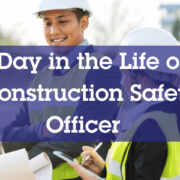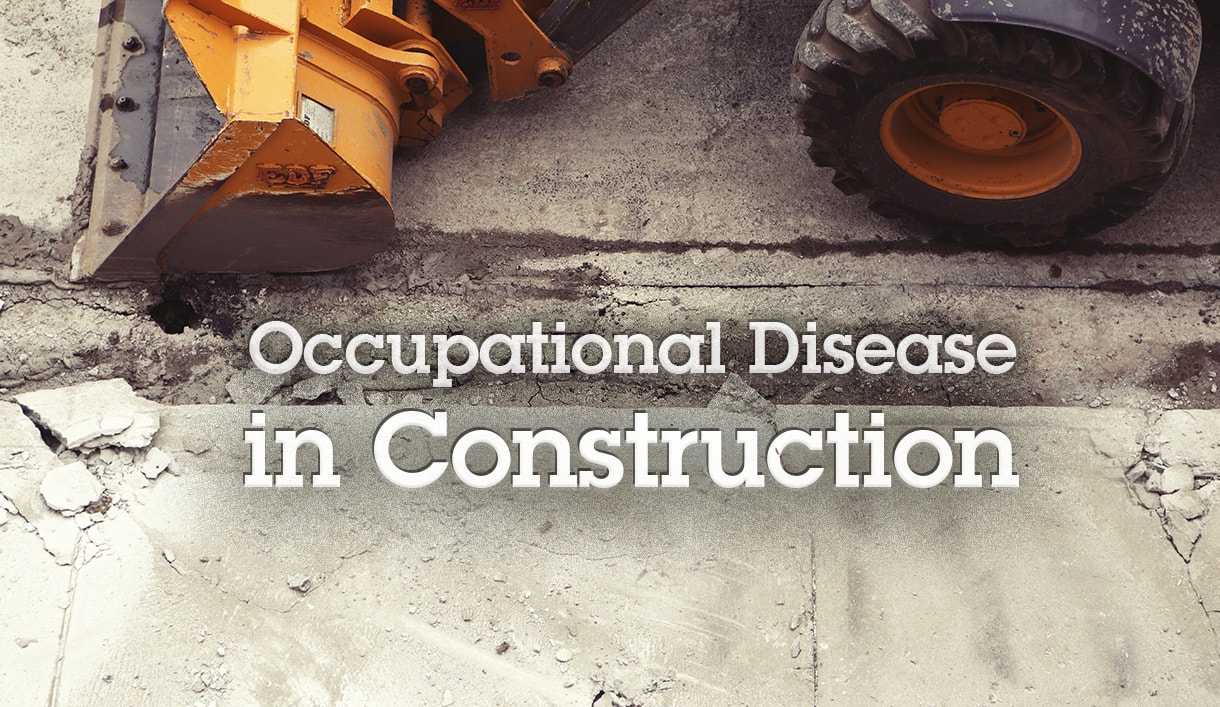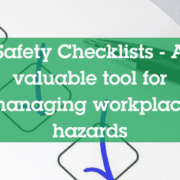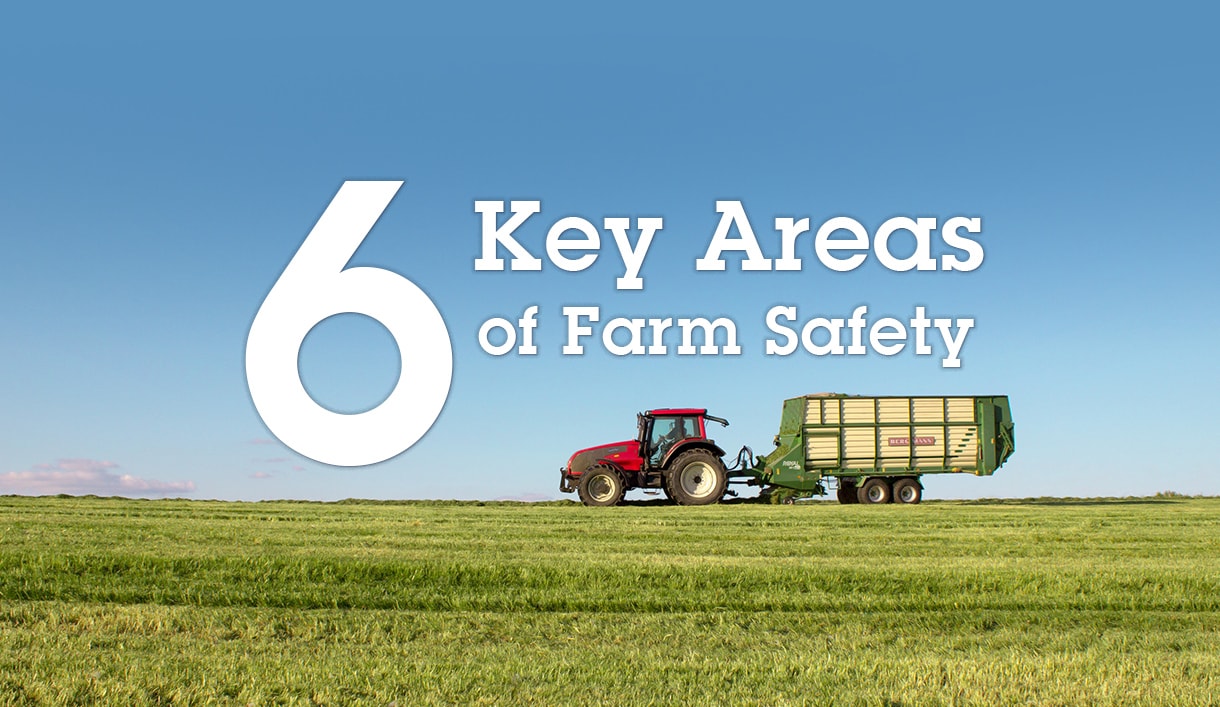Health and Safety in Britain’s construction industry
The construction industry in Great Britain plays a pivotal role in shaping its infrastructure and urban landscapes. However, with this significant contribution comes a range of potential hazards and risks to the health and safety of its workforce. Recognising the importance of safeguarding individuals in this dynamic sector, the industry has implemented robust health and safety measures to create a safe and healthy working environment.
Historical Perspective
Historically, Great Britain’s construction industry has faced challenges related to worker safety, with a noticeable increase in awareness and regulatory focus in the latter half of the 20th century. The introduction of the Health and Safety at Work Act in 1974 marked a crucial turning point. This legislation laid the foundation for comprehensive health and safety regulations across all industries, including construction. Over the years, these regulations have evolved to address emerging challenges and enhance the overall safety culture within the construction sector. Of particular significance was the introduction of the Construction, Design, and Management Regulations, which were introduced in 1994.
Regulatory Framework
The Construction (Design and Management) Regulations (CDM) 2015 is a pivotal piece of legislation that establishes legal duties for all parties involved in construction projects. The CDM regulations emphasize collaborative planning, risk management, and communication throughout the project life cycle. Additionally, the Control of Substances Hazardous to Health (COSHH) Regulations and the Working at Height Regulations further contribute to the safety framework by addressing specific risks associated with substances and elevated work.
Key Health and Safety Challenges
Despite significant progress, the UK construction industry faces persistent challenges in maintaining health and safety standards. High-risk activities such as working at height, handling hazardous substances, and operating heavy machinery pose inherent dangers. The transient nature of construction sites, the diverse workforce, and the involvement of multiple stakeholders also contribute to the complexity of ensuring consistent safety practices. Additionally, issues related to mental health and well-being have recently gained widespread recognition.
The role of technology
Technological advancements play a pivotal role in enhancing health and safety in the construction industry. Building Information Modelling (BIM), drones, and wearable technologies contribute to more efficient risk management and monitoring. These tools enable real-time data collection, improving decision-making processes and enabling quicker responses to potential hazards.
The current situation
The Health and Safety Executive (HSE) recently (November 23) published its 2022/23 health and safety statistics. They revealed the following:
- 45 fatalities to workers, of which 51% were because of falls from a height.
- 69,000 workers suffering from work-related ill health, of which:
- 54% were musculoskeletal disorders.
- 24% were mental health issues (work-related stress, depression, or anxiety).
- An estimated 4,000 workers were suffering from a work-related breathing or lung problem.
In total in the Construction sector, 2.6 million working days were lost because of workplace injuries (20%) and work-related ill-health (80%).
Summary
The construction industry has made significant strides in reducing accidents and injuries over the past decade. Technology, training, and education have all played their part in driving improvements in the industry. However, as demonstrated by the previous statistics, there is always more that can be done to improve health and safety in the industry. By continuing to prioritise health and safety, we can ensure that construction workers can carry out their work safely and without unnecessary risk.
The CEO of the Chartered Institute of Building recently stated their concern over the sharp rise in fatal injuries (45 compared to 29 in 2021/22).
“While there has been huge progress over the years when it comes to safety in construction, it’s concerning the number of fatalities in the sector has risen sharply by 55% since last year and is the highest of any industry according to the statistics released by the HSE”










